The growing concern over student spine health has become a pressing issue in educational circles worldwide. As children spend increasingly long hours hunched over desks, tablets, and smartphones, medical professionals are sounding the alarm about the potential for lifelong postural damage. What was once considered simple "growing pains" is now recognized as a serious public health challenge requiring immediate attention from parents, educators, and policymakers alike.
The Silent Epidemic in Classrooms
Walk into any modern classroom and you'll witness rows of students slouched in positions that would make any chiropractor wince. The average schoolchild now spends between 4-7 hours daily in seated positions, often with poor posture support. Unlike previous generations who had more physical activity woven into their daily routines, today's youth face a perfect storm of sedentary lifestyles and inadequate ergonomic awareness.
Recent longitudinal studies from the Journal of Pediatric Orthopedics reveal startling data - nearly 42% of adolescents show measurable signs of spinal misalignment by middle school. These aren't just cosmetic concerns; developing spines subjected to constant stress can lead to chronic pain, reduced lung capacity, and even impaired concentration. The human spine undergoes critical developmental phases between ages 6-18, making these school years particularly vulnerable to lasting damage.
Beyond Backpacks: The Multifaceted Nature of the Problem
While overloaded backpacks frequently take the blame (and rightly so, when considering some students carry up to 30% of their body weight), they represent just one facet of this complex issue. The problem extends to classroom furniture designed for 19th century learning postures, the proliferation of personal devices used in awkward positions, and even well-intentioned but misguided parenting approaches to studying habits.
Ergonomics specialists note that traditional school chairs often fail to provide proper lumbar support, forcing students into unnatural C-shaped curves rather than maintaining the spine's natural S-curve. When combined with desks that are either too high or too low, this creates a chain reaction of compensation throughout the musculoskeletal system. The result? Shoulders that roll forward, necks that crane at unnatural angles, and pelvic positions that redistribute weight improperly across developing vertebrae.
The Technology Paradox
Digital devices have become double-edged swords in spinal health. While enabling unprecedented access to education, the very tools meant to empower learning are physically disabling a generation. The "text neck" phenomenon - where students crane their necks forward at 45-60 degree angles to view screens - adds approximately 50 pounds of pressure on cervical vertebrae. Multiply this across thousands of hours throughout childhood, and we're witnessing the emergence of structural weaknesses never before seen in young populations.
Tablet use presents particular challenges, as the flat surfaces encourage slumped postures unlike the more upright positioning of traditional books. Eye-level screens would help, but budget constraints and classroom management realities often mean devices get used however they fit into existing spaces rather than being positioned ergonomically.
Movement as Medicine
Forward-thinking schools are implementing "dynamic classrooms" that recognize children aren't meant to sit still for hours. These innovative spaces incorporate standing desks, wobble stools, and scheduled "posture breaks" where students engage in simple spinal alignment exercises. Research from the University of Melbourne shows that students in such environments demonstrate not only better posture but improved academic performance, likely due to enhanced oxygenation and circulation.
The concept of "active sitting" is gaining traction, with tools like balance discs and kneeling chairs that engage core muscles while studying. Some progressive institutions have introduced treadmill desks in libraries and adjustable-height workstations that allow students to alternate between sitting and standing positions throughout the day. These adaptations acknowledge a fundamental truth: the human body thrives on variation, not stasis.
Cultural Shifts in Education
Addressing student spine health requires moving beyond quick fixes to examine deeper cultural norms in education. The traditional emphasis on "sitting properly" often translates to rigid, static positions that may be just as harmful as slouching. Modern kinesiology suggests we should instead teach students to move frequently between different postures rather than maintain any single position for extended periods.
Several Scandinavian countries have pioneered whole-school approaches where posture education gets woven into everything from biology lessons to physical education. Students learn not just how to sit, but why proper alignment matters - making them active participants in their spinal health rather than passive recipients of instructions. This empowerment model shows promising results, with students demonstrating better retention of postural principles than those simply told to "sit up straight."
The Role of Parents and Home Environments
Classroom interventions can only go so far when home environments remain posture disaster zones. Many children transition from school desks to home study setups that exacerbate the problem - working on beds, couches, or floors with devices propped at awkward angles. Creating ergonomic homework stations doesn't require expensive equipment; simple adjustments like using thick books to raise monitor height or placing a pillow behind the lower back can make substantial differences.
Family habits also play crucial roles. Children mirror what they see, so parents who themselves slump over devices or watch TV in twisted positions inadvertently model poor spinal care. Making posture a family affair - through shared stretching routines or household reminders to check alignment - creates consistency between school and home expectations.
Early Intervention and Long-term Payoffs
The silver lining in this crisis lies in children's remarkable adaptability. Unlike adults with decades of ingrained postural habits, young spines can often correct course with timely intervention. Simple screening programs in schools could identify at-risk students before minor issues become structural problems. Basic exercises like chin tucks, shoulder blade squeezes, and pelvic tilts - when practiced consistently - can prevent many common spinal issues from taking root.
Investing in student spine health yields dividends far beyond the classroom. Proper alignment enhances breathing, digestion, and circulation while reducing risks for osteoarthritis and chronic pain in adulthood. Perhaps most importantly, it gives children the physical foundation to fully engage with their education and lives without preventable limitations. In an era where we rightfully prioritize so many aspects of child development, spinal health deserves equal standing among our educational priorities.

By /Aug 15, 2025
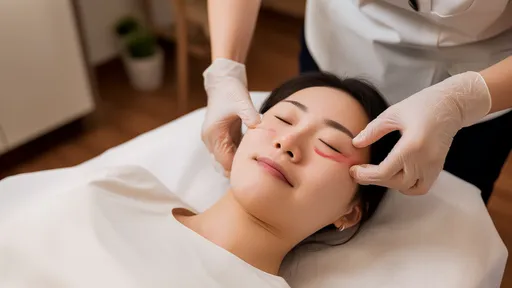
By /Aug 15, 2025

By /Aug 15, 2025
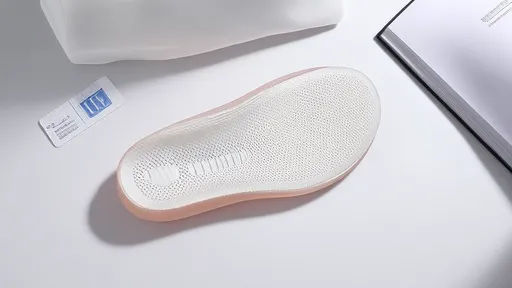
By /Aug 15, 2025
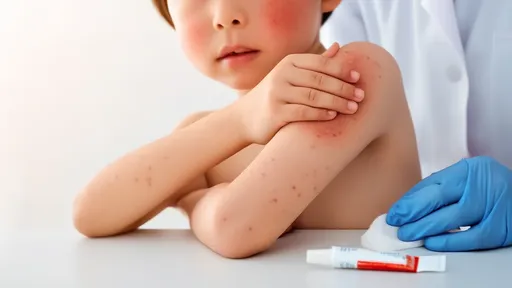
By /Aug 15, 2025
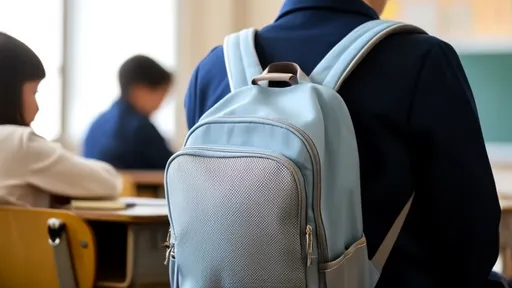
By /Aug 15, 2025
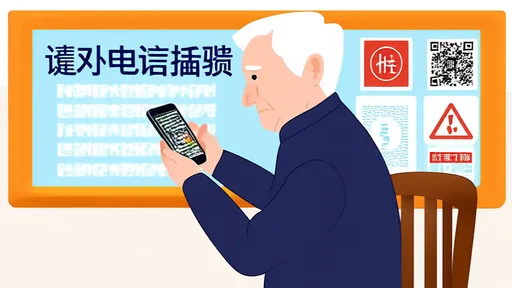
By /Aug 15, 2025
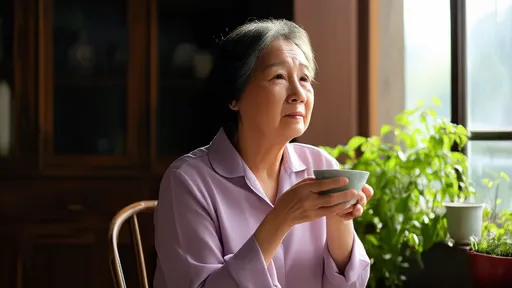
By /Aug 15, 2025
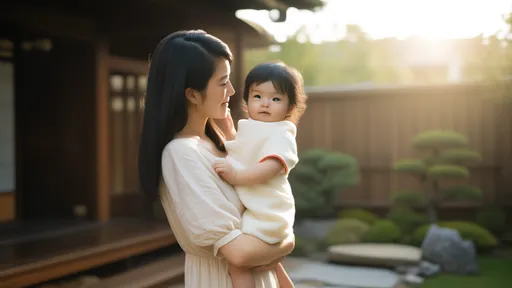
By /Aug 15, 2025
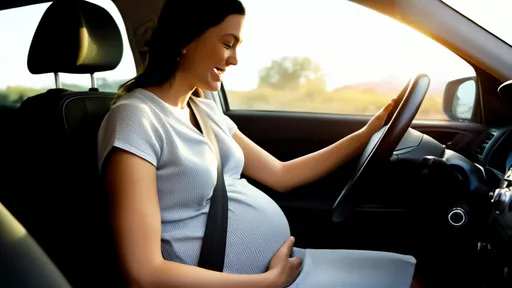
By /Aug 15, 2025
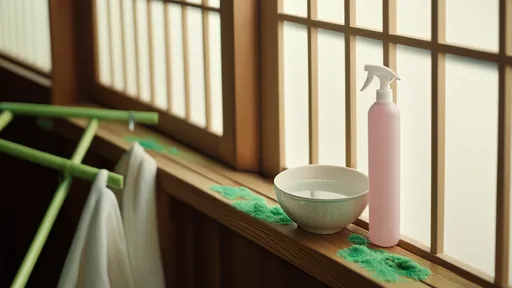
By /Aug 15, 2025

By /Aug 15, 2025

By /Aug 15, 2025
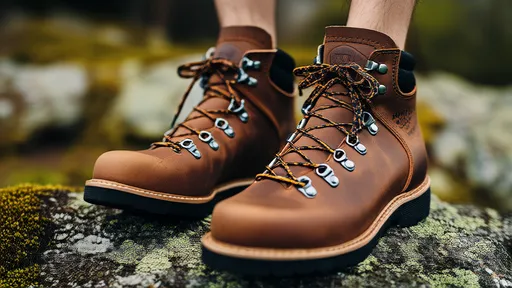
By /Aug 15, 2025

By /Aug 15, 2025
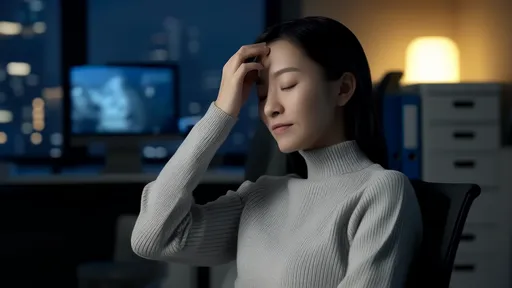
By /Aug 15, 2025
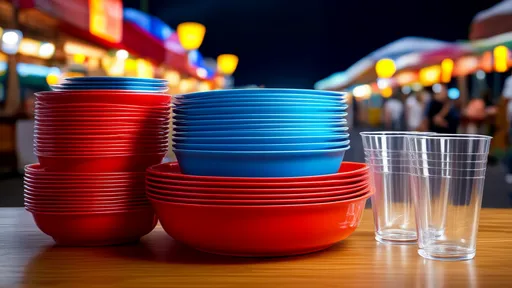
By /Aug 15, 2025

By /Aug 15, 2025

By /Aug 15, 2025
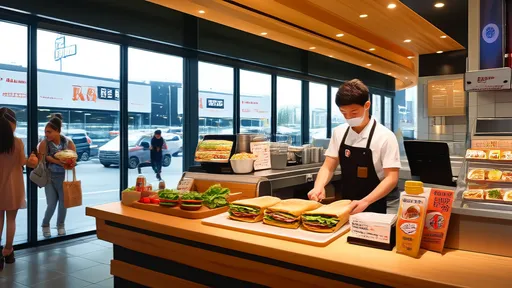
By /Aug 15, 2025